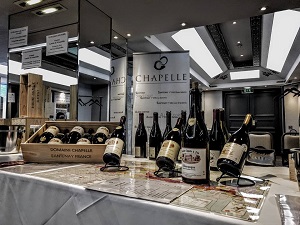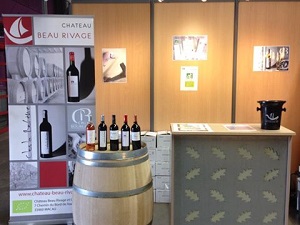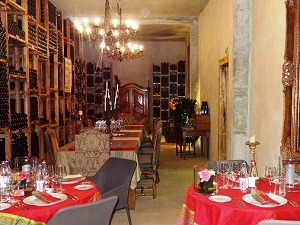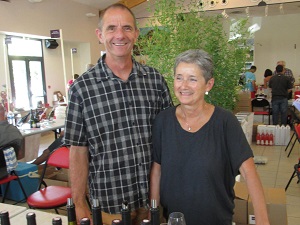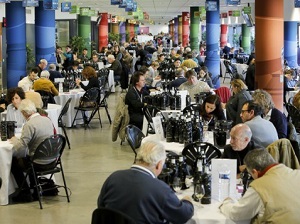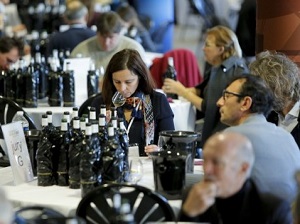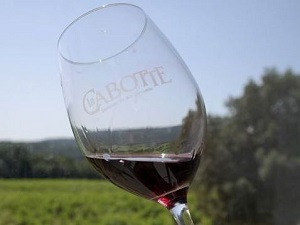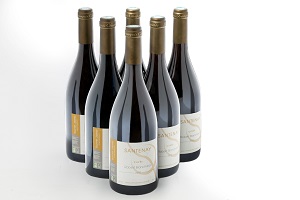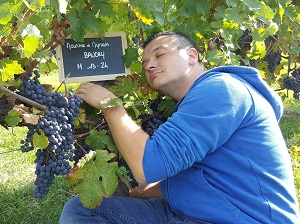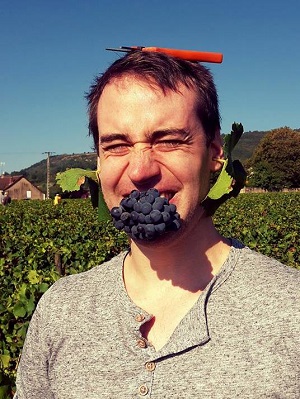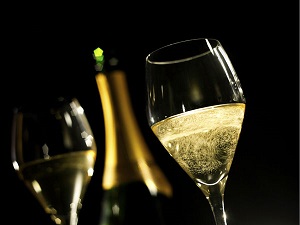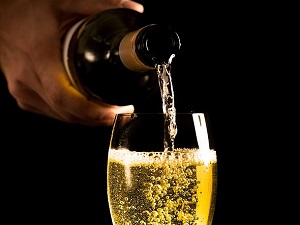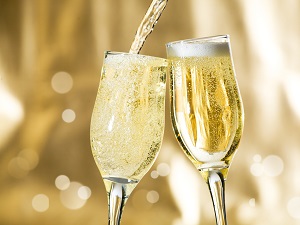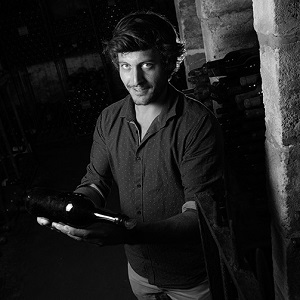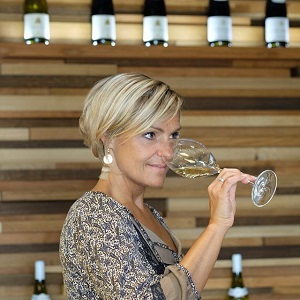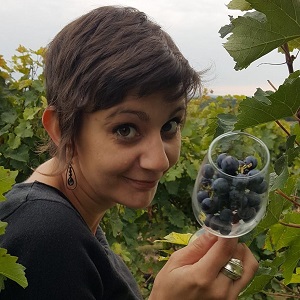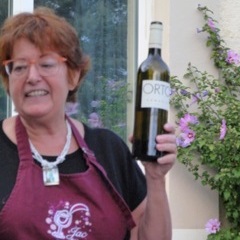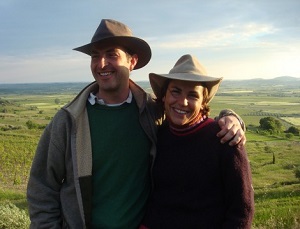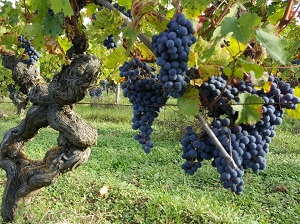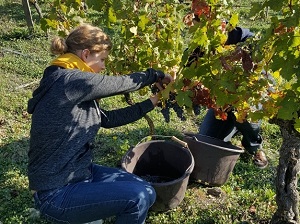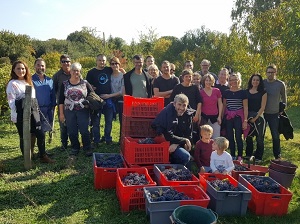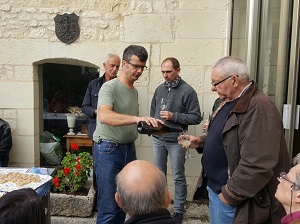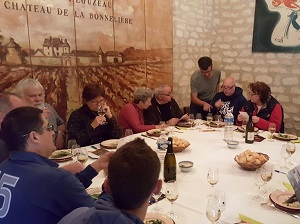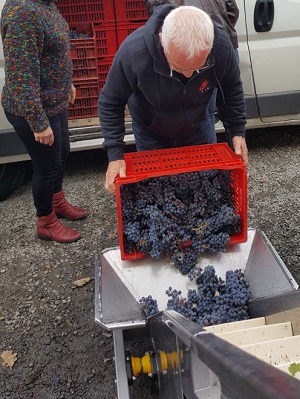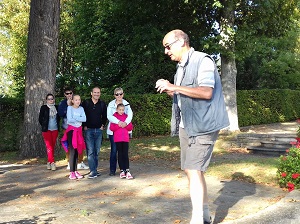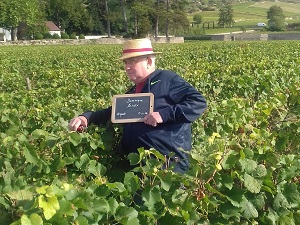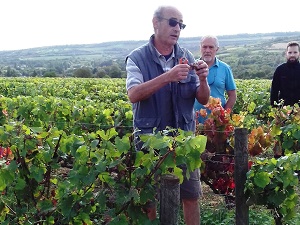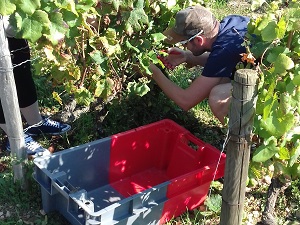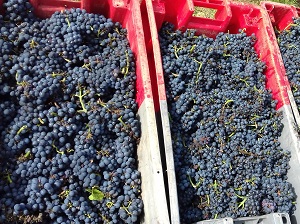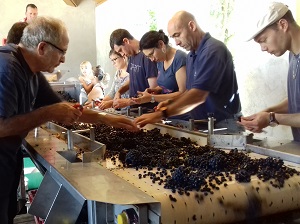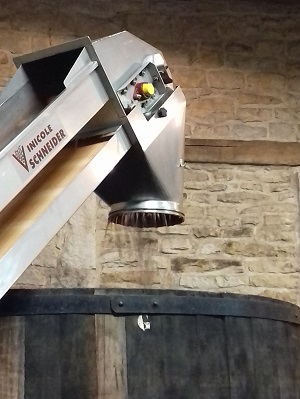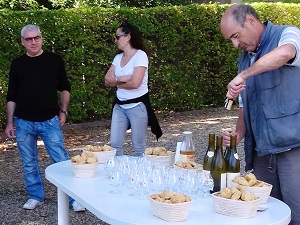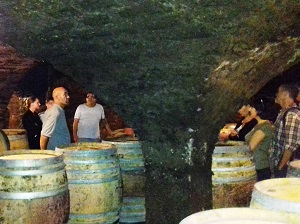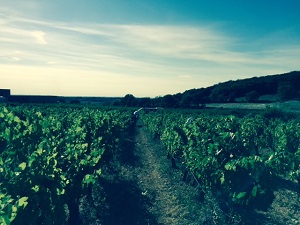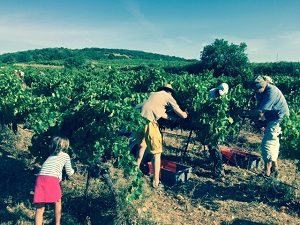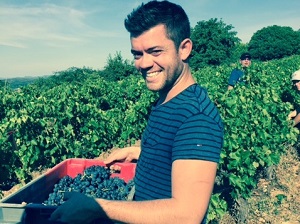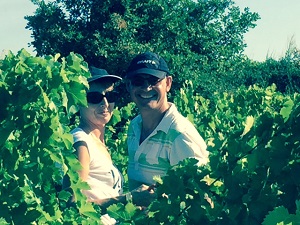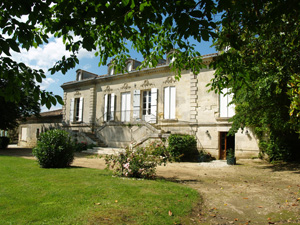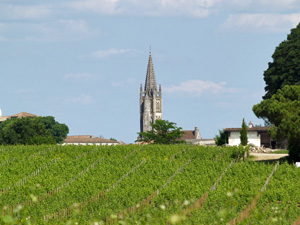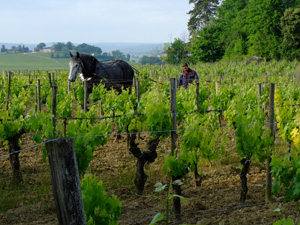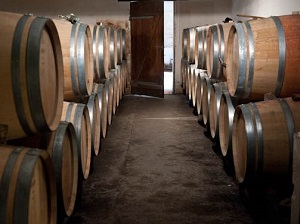Last Saturday, we were welcomed by Marie-Pierre and Eric Plumet at Domaine la Cabotte in the Rhone Valley to learn more about the vinification process of the 2016 vintage. For some of the participants it was their third wine experience day at the winery, having already participated in pruning the vines and harvesting the grapes last year.
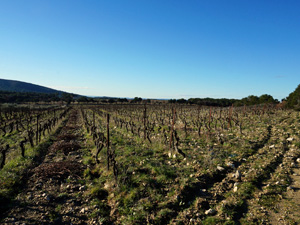
The programme of the day was to talk about how the wine progresses through the fermentation and ageing stages once the harvested grapes arrive in the chai, and for this, we were in the expert hands of Eric.
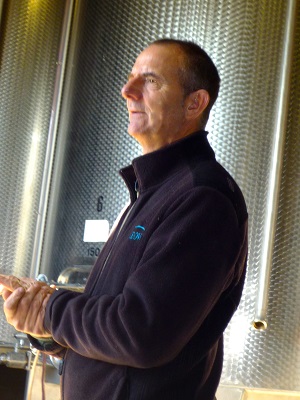
At Domaine la Cabotte, whenever possible they blend the different grape varietals together to make each of their different wines. Marie-Pierre and Eric prefer that the juice from the grenache, mourvèdre, carignan and cinsault mix and ferment together. It’s not something that is easy to do, and sometimes they opt to vinify the grape varietals separately. It’s all a question of the vintage.
They regularly taste the wines to determine the best moment to rack them and separate the wine from the solid matter of skin, pips, and stems that is deposited at the bottom of the vats. The fermented juice becomes “vin de goutte”, and continues to be closely monitored to check that nothing untoward is happening.
Four to ten months after the harvest for the most part, the wine is then racked again, bottled, labelled and then enjoyed by wine lovers all over the world, including the adoptive parents, who have followed the birth of the vintage from first bud to the bottle.
We then returned to the caveau for a workshop that put our noses to the test. We had to try to name a series of different aromas that can be found in wine. Honey, lemon, pear… for the whites. Raspberry, blackcurrant, liquorice… for the reds.
A couple of the participants were very good at this game, but all were agreed to step out into the sunshine to smell some real aromas from some real wine!
We tasted the Garance and Gabriel red wines and the Clairette white wine that had been aged in Italian amphorae. A real treat.
To accompany the wines over lunch, we enjoyed a home-made salad, lamb tagine, and fruit cake. And Jacqueline, the sommelier, recited ‘L’Ame du vin”, Beaudelaire’s tribute to the divine nectar.
We spent the afternoon in the vineyard, amongst the plot of grenache vines that have been adopted by the Gourmet Odyssey clients. Here, Eric recounted the geological history of the Massif d’Uchaux terroir, and explained the influence it has on the aroma and structure of the wine.
We finished the day in front of the chai, where we learnt a little more about the biodynamic philosophy, and the importance of respecting nature’s rhythm which help to create the balance in the wines at Domaine la Cabotte.



